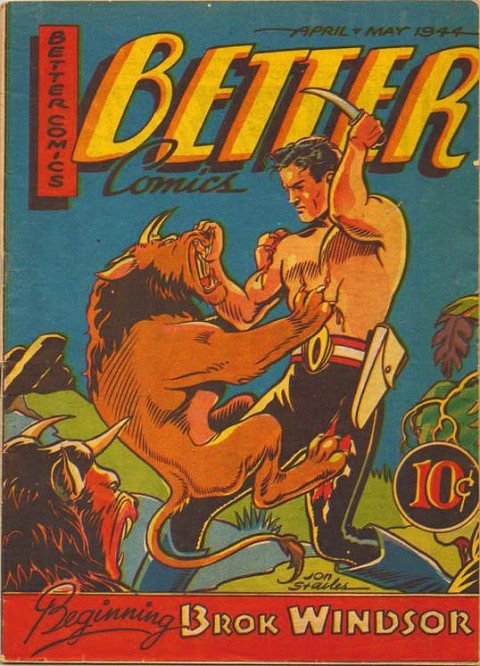
The Quest
As a lot of you may know, I am working on putting together a coffee table-sized book that would feature the main artists of these WECA comics, that is, the Canadian Whites. I’ve got about 10 sections finished and I have submitted a package with the first three sections to Dundurn Publishing in Toronto. I really don’t hold much hope for seeing my cache of fairly arcane information being picked up by a publisher over the next few months, but I will try a couple more (such as Drawn and Quarterly and Fantagraphics). Most likely, my project will only be able to see fruition as a self-published e-book or a book for which a good deal of publishing funding could be raised through an online funding scheme such as Kickstarter.
To be realistic, this book may never even be actualized or it may see the light of day as a series of articles in some journal. But, somehow, I want to get the information about these Canadian creators of war-time comic books into the hands of today’s collectors, especially featuring well-reproduced copies of the original artwork from the National Archives collection.
Recently I’ve entertained the idea of putting the project out as a series of comics, with two or three artists featured in each issue, though the negative here would be that the impact of the original art pages or reproductions of covers from the comics might ironically suffer from the size limitations of the comic book form even though that’s what it was originally intended for.
I guess I’m fishing for any suggestions or feedback as to what would be the most prudent approach. What vehicle would serve a potential audience best? Is there, in fact, enough of a market to keep pursuing this project? Do the Whites matter to today’s Canadian comic book world?
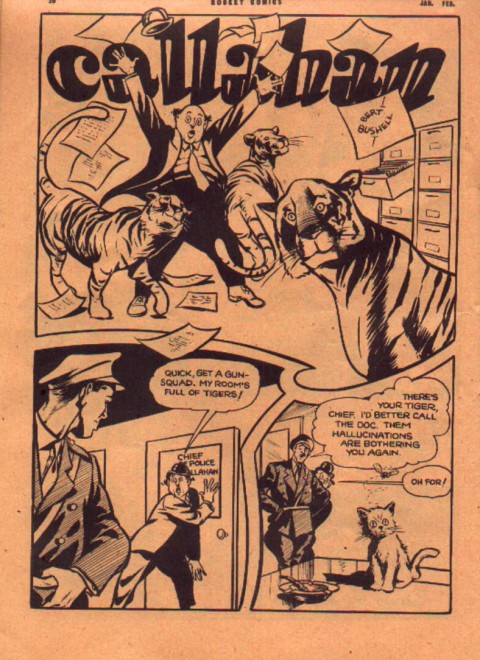
By the end of the summer interest will have been built up a significant bit by the publication of my lengthy article in the Overstreet Price Guide and the online web site/data base on the Whites we are presently populating will have gone live to the public. In addition to this Hope and Rachel’s Nelvana reprints will have been put out this spring and maybe they’ll have a second project in the works or finished. Will Pascoe’s “Lost Heroes” documentary is scheduled to air on April 10 on Superchannel. 2014 is going to be a breakout year for the Whites and I want to Silver Surf this possible wave into a published project on the creators but which current should I ride?
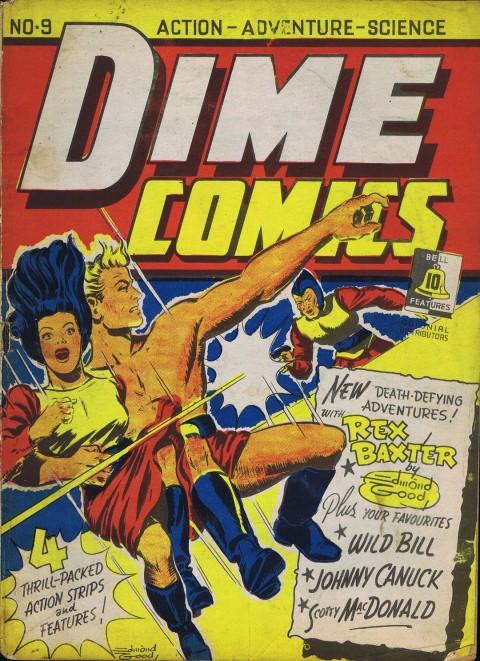
I have a pet theory that the best comics you ever remember reading were the ones that were out when you were 12 (I ripped this off from an old Ken Dryden interview about what every one’s idea of what the best hockey was). Given this, for me this would be those comics that came out in 1963: Spidey No. 1 and that great run of early Ditko Spideys with a brand new classic villain in almost every one, including Strange Tales Annual No. 2 and the Torch/Spidey battle there. By the summer, Strange Tales No. 110 would be out on the stands starting up those mystical adventures in the arcane magic worlds of Dr. Strange – more Ditko. On top of this I couldn’t leave out the multiple impacts of Tales of Suspense No. 39, Avengers No. 1, X-Men No. 1 and over at D.C., Justice League No. 21 which awakened me to the Golden Age (after those earlier little blips in Flash 121 and 129)—all in 1963.
Ditko had already impacted me with his Marvel monster book work as well as the stuff he had done for Charlton, but with the early Spidey work and the creation of Dr. Strange he clicked with me and for some reason, he has always continued to resonate with me. I suppose we all have artists like this that we ‘click’ with. Throughout the sixties I became aware of many more artists that I was able to ‘click’ with such as Eisner, Winsor McKay, just about the whole E. C. stable, and Steranko, right up to the start of the Bronze Age and Barry Windsor-Smith’s Conan.
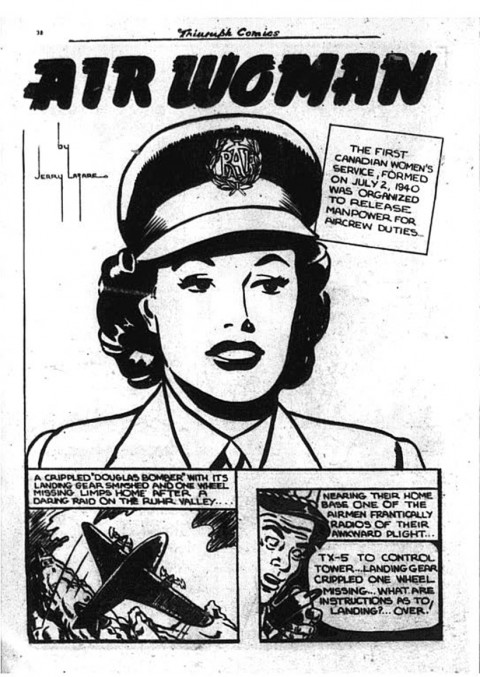
A year after that Conan No. 1, I first became aware of the Bell Whites artists when I took out a copy of Loubert and Hersch’s The Great Canadian Comic Books. Though these authors were under the mistaken impression that the world of The Whites had begun with Wow Comics No. 1 they still put out a great reproduction collection of artwork from those Bell Features books. However, my first reaction to the book was one of embarrassment in the fact that this was all we could produce when it came to comics books—crude black-and-white line drawings that paled in comparison to the high octane four colour blasts of marvel cosmic comic energy that I had fed on during the sixties.
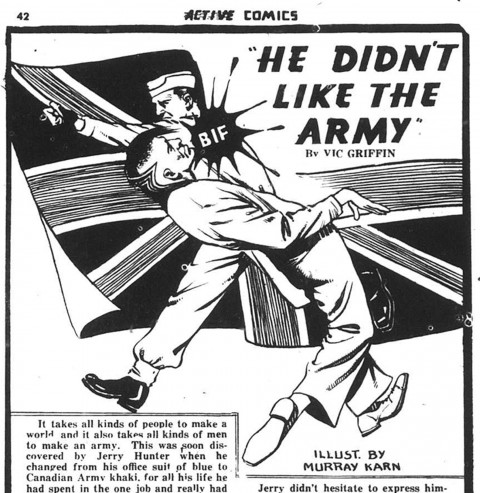
This notion that the Whites were little more than failed and embarrassing comic creations filled with crude, primitive art and simplistic narrative, stayed with me for the next four decades until I retired and took on the examination of them as a retirement project. It’s only through this closer squint, when I looked at all four publication houses and the breadth of the artists involved (such as Adrian Dingle, Jon Stables, Ed Furness, and George M. Rae just to give one from each) and I placed these books in their war time context, that I could appreciate the quality in them. The more I learned about each creator, the more impressed I became with their comic book work. So many of them went on to prominent careers in commercial and fine art, a couple of them even moved south and established solid careers in the American comics.
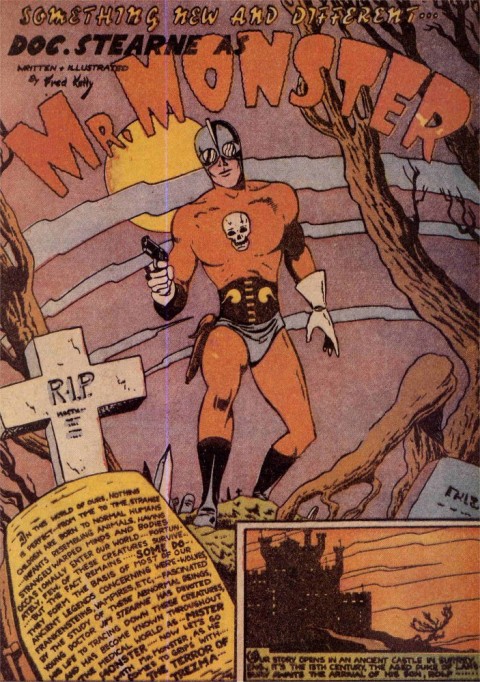
Funnily enough, the artists that have ‘clicked’ with me from the WECA period were the quirky ones like Ted Steele, Avrom Yanovsky, and Oscar Schlienger. I have no explanation for this, their lines and composition just work for me. If I were to pick my favourite artists from these books it would be these three.
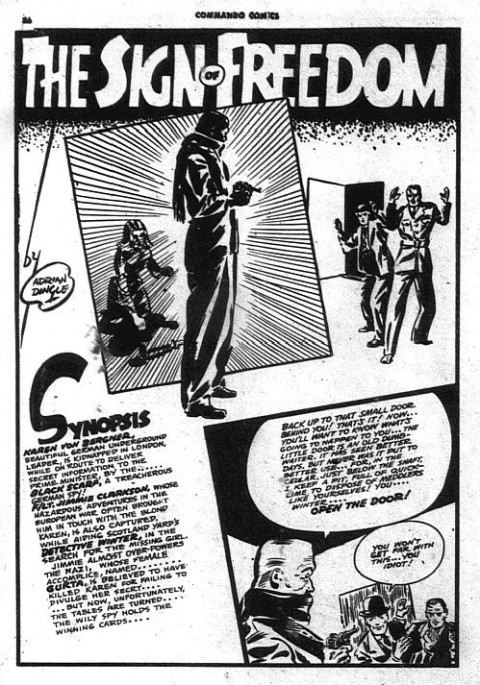
Nobody can argue with the quality of Dingle’s work and use of blacks, or the fine, smooth lines of John Stables’ work, or Edmond Good’s solid, strong covers and Rex Baxter work. There are so many, and my original impression of the Whites as a Canadian embarrassment shifted diametrically to one of pleasant surprise and chest puffing pride.
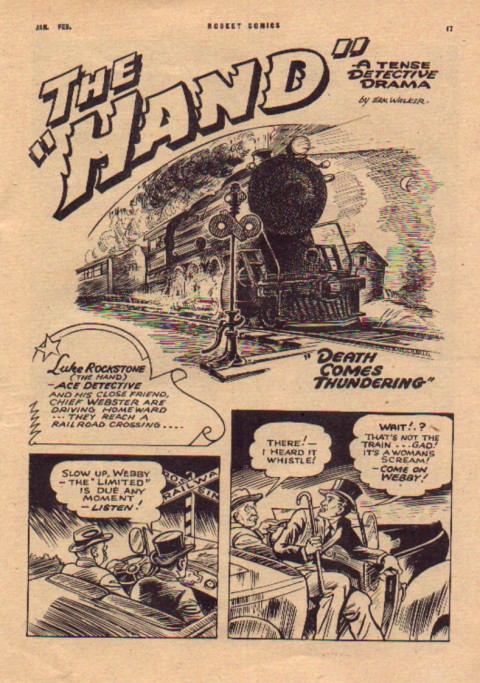
Now, I’m curious to find out what favourite Whites artists other people have. There are so many to consider including, Adrian Dingle, Murray Karn, George M. Rae, Ed Furness, Edmond Good, Leo Bachle, Ross Saakel, Clayton Dexter, Al Cooper, John Stables, Spike Brown, Bert Bushell, Bill Meikle, Rene Kulbach, Fred Kelly, Jerry Lazare, Ernie Walker, and Manny Easson to name the best known.
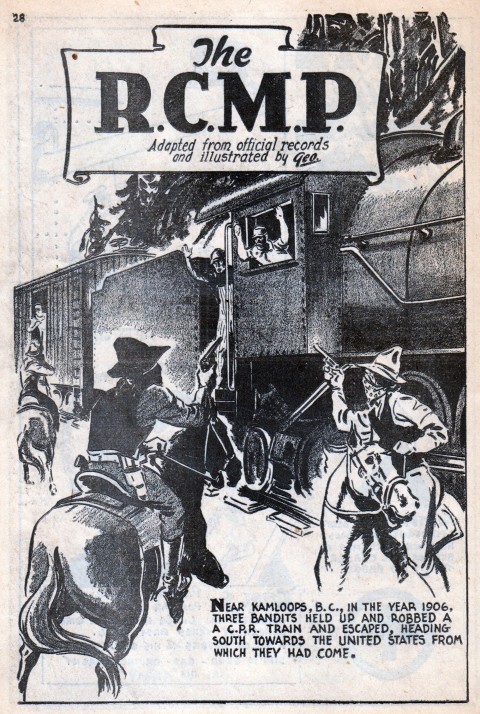
Who is your favourite Whites artist? Who are the best artists from the WECA period?
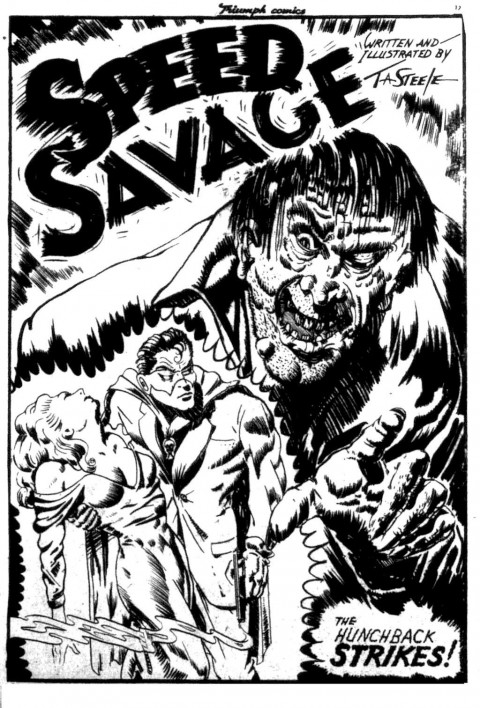




My favourite character will aways be : Nelvana
The first character that enchanted me because of a personal connection I had with someone equally enchanting from the NWT
When you try to break it down to artist versus character its a harder choice.
Then I have to choose between Ted and Adrian.
I wish ,as you do, that there is an audience for the works of these great artists and more importantly there is a new audience for the spirit of their work.
A coffee table book that your envisioning will make a great appetizer to reach old fans of the material and hopefully will spark interest in new fans but the best reach will be in an internet based format to reach a new audiences too.
Interaction will be important for both old and new fans that I feel, just a book, does not provide.
Reprinting of the serialized nature of the stories about Golden Age Canadian characters into a coherent graphic novel format trumps collecting the stories by artist since various artists did work on the same characters over time.
An ebook and a website will communicate that in the best way in this day and age but I still want to be able to hold a book in my hand and put on my shelves, so I hope you do both.
I’m looking forward to and waiting for my hardcopy of Hope and Rachael’s Nelvana compilation book before having the pleasure of reading it in its entirety.
This is the penultimate version that I have been dreaming of for many years as an old collector and I’m happy that it also has the potential to embrace new collectors and hopefully breathe new life into the further evolution of the characters if new readers and artists choose to take the helm.
I’m also looking forward as you are to seeing more comment in a thread like this from all the ones that commented in the Clink auction results thread.
Thanks for your comments, as always, Jim. Being “old school,” I’d like a hard copy of a book on these artists that showcases their art with as much from the original artwork as possible and so many good large-sized books on comic illustrators are coming out these days. Another reason I like a hard copy like this is that it could go into public libraries, school libraries and even art galleries (I’ve had the Art Gallery in Bancroft ask for some copies already when and if it comes out because they have a large Oscar Schlienger collection and would love to sell it in their gift shop). This way kids could learn about the individual creators behind these comics and get into their work as I originally did with Loubert and Hirsch’s The Great Canadian Comic Books back in the early seventies. I too am looking forward to getting a copy of Hope and Rachel’s Nelvana reprints.
I’m with Jim on this one. I would much prefer a hard copy in my hot little hands over a digital presentation any day. It’s been a long time since the Hirsch and Loubert book, and, as good as it was, it was really only limited to the Bell books and there is so much else out there.
More reprints like the Nelvana book would be great (How about Freelance next?), but some historical context would make them that much more enjoyable.
And, call me old-fashioned, but I think the history of paper should be written on paper. But that’s just the old ephemera freak in me. : )
Good points, Mel. I guess we can’t forget John Bell’s excellent work in the field which has given us a start to understanding the background of these war time Canadian comics but he talks more about the publishing side of the business and not the creators themselves. My hunch is that Hope and Rachel are working on Brok Windsor next, but I, too, would love to see Freelance stories collected and reprinted as well as Speed Savage.
Freelance would require more than one volume. His adventures ran across the entire issue for much of his early run. I think that was part of his popularity. Well paced adventure and longer narratives. I too love a book Ivan. But once a book is written it’d content (and all that could not go between the covers) can be repurposed. Much of it will already be in digital format for publishing. But in terms of publishing expense – books costs a lot to make and don’t recoup investment quickly.
I suspect Freelance of the highest page count of total adventures by a wide, wide margin. Nelvana was over three hundred pages. Freelance likely numbers well over a thousand.
It occurs to me that Manny Easson’s Dizzy Don also had full-issue adventures and ran for over twenty issues. I think he is Freelance’s only contender in page count from the Whites era.
Yes, your point is well taken. I find Ted McCall’s writing on Freelance among the best in the Whites, probably because he was one of the very few professional writers and editors in the bunch while many of the other creators were artists first and foremost. This isn’t to belittle those artist generated stories, only to emphasize the quality I perceive in McCall’s stories.
I am constantly re-imagining this project that may never be realized but, in some format or other, the work will eventually be shared.
The only other character I would include in this group might be Robin Hood, but the first year was almost entirely reprints of the newspaper strip. Still, I think this character would have a larger page count than the Dizzy Don total, but maybe I’m wrong.